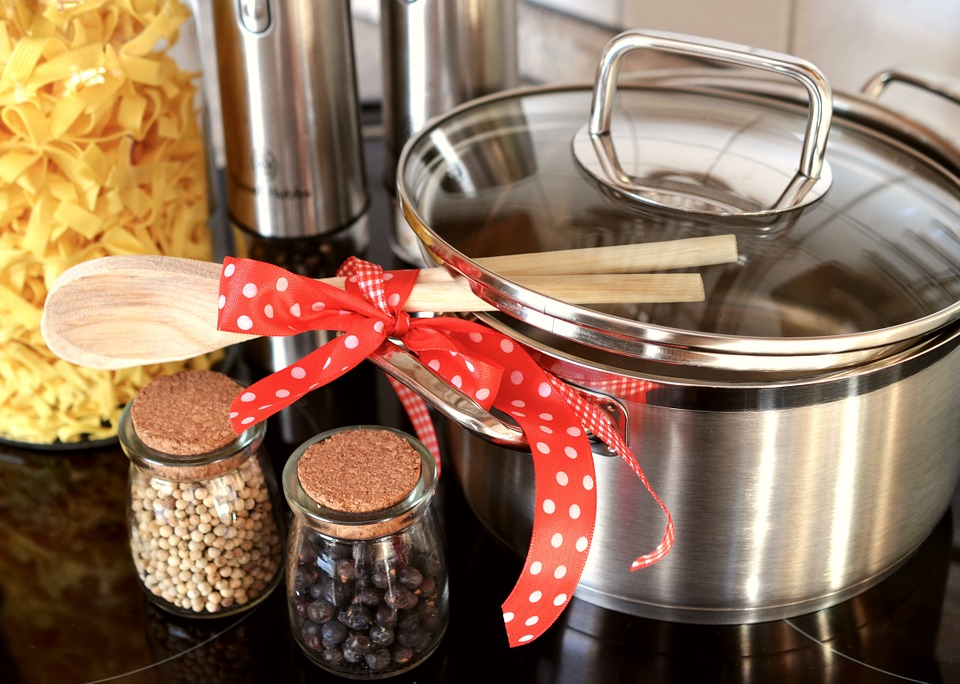According to the World Health Organization, more than 2.2 billion people are estimated to be visually impaired worldwide. If you have low-vision you know how tricky using your kitchen can sometimes be. However, this should not deter you from cooking. There are a number of things you can do to make your kitchen much more user-friendly.
Get Your Kitchen Organized
- Develop a system: Have a place for everything, and keep everything in its place. Keep herbs and spices together on the same shelf or in a wall-mounted spice rack. Keep utensils on a rack or in a holder close to the kitchen counter you use to prepare your food.
- Get hot on labeling: For jars and containers that look similar, you may want to consider labeling them in braille so you can tell instantly which is thyme and which is basil. There are other tactile signifiers you can use. For example, put a rubber band around the milk carton so you can distinguish it from the juice.
- Make the most of lighting: If you have partial vision, install lighting under your cabinets to brighten up your counters. Adjustable arm lamps are also handy for focusing light on an area where you are working. Seating yourself with windows in front of you or beside you can also help.
- Make cabinet doors safe: Make sure that you close cabinets after use to avoid accidents with open doors. When you do open them, open them fully. To avoid accidents, you can place a strip of brightly-colored tape down the edge of all cabinet doors so you can see where they are when they're open.
- Keep a good contrast: Use a cutting board that contrasts clearly with the items you're preparing if you're partially-sighted. When choosing oven mitts, dish towels and utensils, make sure they contrast with countertops so that you'll find them easily.
- Use a timer: When you're waiting for food to cook, always use a timer so you don't have to keep checking the oven. Not only will you know when the food is ready, it will also help you remember to turn off your appliances.
Using Appliances
- Low-vision assistance: These days, many manufacturers offer appliances with dials that are large-print or braille, features with contrasting colors or marking kits. Ask about these features before you make a purchase.
- Simplify cooking: If you love homemade bread, a bread machine is ideal. For soups and stews, use a crock pot. If you're in the mood for some barbecue, a George Foreman grill cooks on both sides to eliminate hassle. Small countertop appliances are often safer than using the stove or oven.
Cooking Tips
- Record your recipes: Want to use your favorite recipe over and over? Record it to your mobile device so you can use it whenever you like.
- Use all of your senses: Listen to the sound of food cooking. Learn to recognize the feel of food when it is cooked and of course, use your sense of smell in the kitchen; many foods smell differently when they are done.
- Take a sniff: Smell spices before you add them to make sure you have the right one.
- Control cold liquids: When you're pouring cold liquids, keep the tip of your finger hooked over the lip of the vessel you're pouring into so that you don't over-pour. Listen to the change in sound as your pour.
- Control hot liquids: You can't do the same with hot liquids or you might burn your fingers, so you'll have to listen very carefully. Make sure you don't splash yourself, and avoid hot steam on your hands and face. Pour dark liquids into a light-colored vessel and vice versa.
If you are visually impaired, you can still have fun in the kitchen. Just remember to be careful, take your time, and use all of your senses. Your dinner guests are sure to be impressed with your culinary skills!
Image credit: Pixabay: congerdesign

